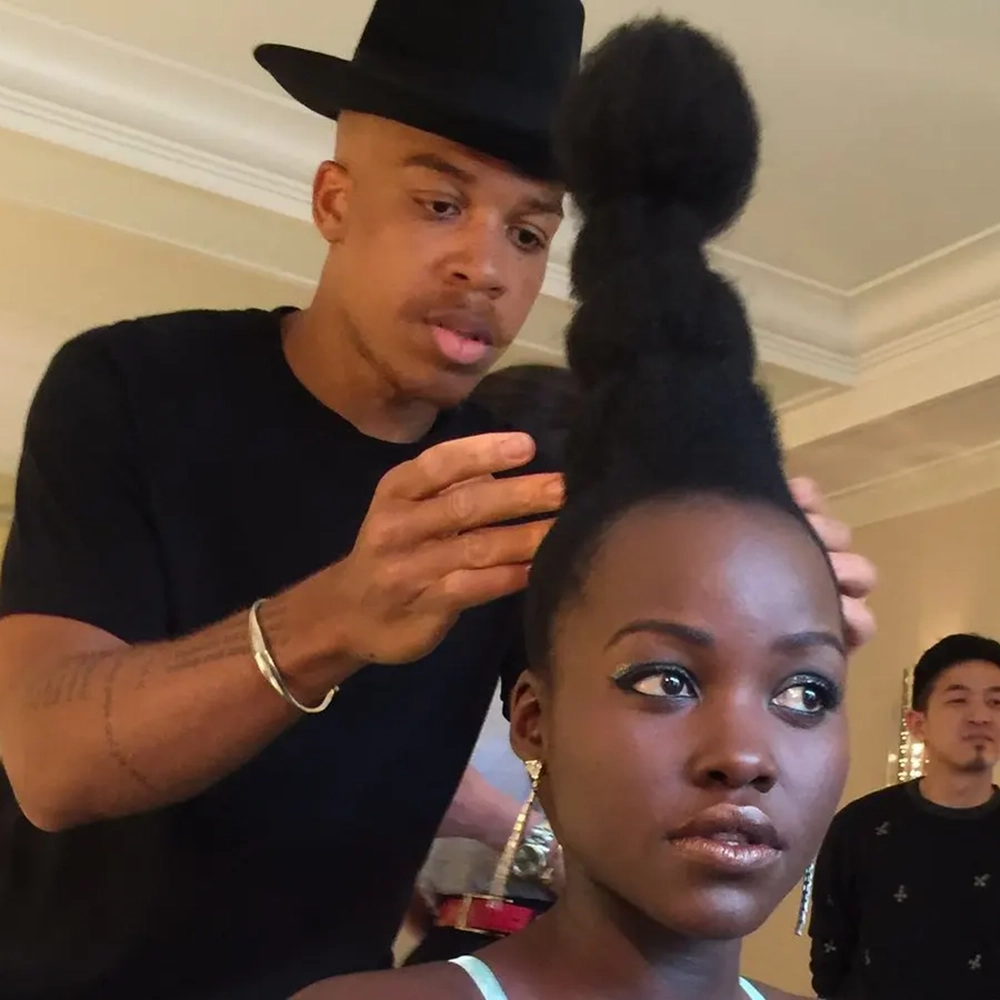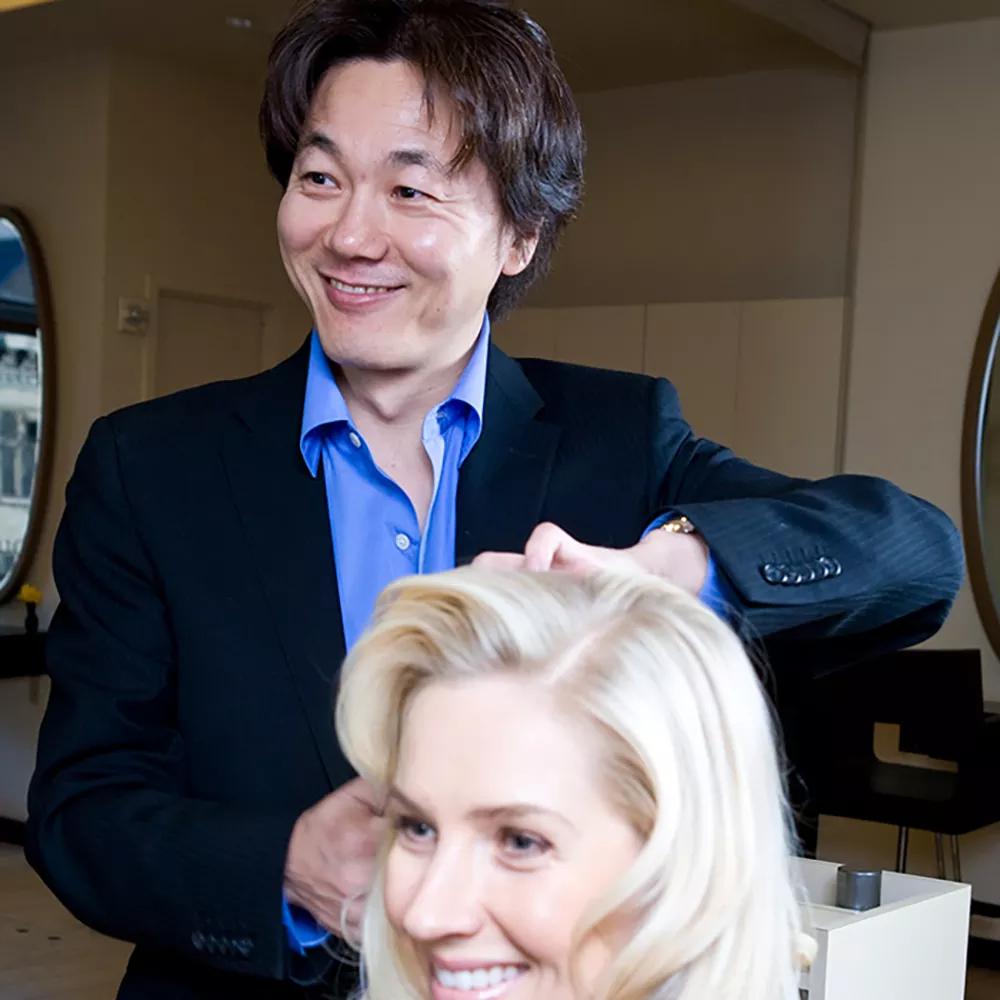The Difference Between Hair Stylists And Hair Artists
When it comes to getting a new hairstyle or haircut, many people often use the terms “hair stylist” and “hair artist” interchangeably. However, there are some key differences between these two professions that are worth exploring. While both hair stylists and hair artists work with hair to create beautiful looks, their approaches and skillsets may vary.
Firstly, hair stylists typically focus on the technical aspects of hairdressing, such as cutting, coloring, and styling. They are trained to understand different hair types and textures, and they possess the skills to transform clients’ hair based on their preferences. Hair stylists often work in salons and are highly proficient in using various tools and products to achieve desired results.
On the other hand, hair artists take hairdressing to a whole new level. They view hair as a form of artistic expression and treat each client’s hair as a creative canvas. Hair artists are known for their ability to push boundaries and create avant-garde hairstyles that are unique and thought-provoking. They often incorporate elements of fashion, design, and even sculpture into their work.
- Hairstyles: Hair stylists are typically more focused on creating traditional and mainstream hairstyles, catering to clients who desire classic or trendy looks. Hair artists, on the other hand, are more likely to experiment with unconventional and edgy hairstyles.
- Haircuts: While hair stylists excel at delivering precise and tailored haircuts, hair artists are renowned for their ability to create asymmetrical, geometric, or highly textured haircuts that defy traditional norms.
| Criteria | Hair Stylists | Hair Artists |
|---|---|---|
| Approach | Technical | Artistic |
| Focus | Traditional and mainstream | Unconventional and edgy |
| Skills | Cutting, coloring, and styling | Experimental techniques and boundary-pushing |
In conclusion, while both hair stylists and hair artists play a vital role in the world of hairdressing, their approaches, focuses, and skillsets set them apart from each other. Whether you’re looking for a classic, polished hairstyle or an avant-garde, out-of-the-box look, understanding the difference between these two professions can help you choose the right expert to bring your hair vision to life.
Education And Training Required For Hair Stylists And Hair Artists
When it comes to pursuing a career in the beauty industry, becoming a hair stylist or hair artist is a popular choice. These professionals are experts in creating stunning hairstyles and haircuts that enhance the beauty of their clients. However, before they can embark on their creative journey, hair stylists and hair artists must undergo extensive education and training to acquire the necessary skills and knowledge.
Education is the foundation on which successful hair stylists and hair artists build their careers. To become a licensed professional in this field, individuals must complete a formal education program at a reputable cosmetology school or academy. During their training, they learn a wide range of subjects related to hair care, styling techniques, and cutting methods. This comprehensive education ensures that they have a solid understanding of the science behind hair and its different textures.
Furthermore, aspiring hair stylists and hair artists also receive practical training during their education. This hands-on experience allows them to apply the theoretical knowledge they have gained in real-life scenarios. Under the guidance of experienced instructors, they practice various hairstyling and haircutting techniques on mannequins and eventually on live models. This practical training helps them develop their skills and build their confidence as they work towards becoming professional hair stylists and hair artists.
| Education and Training | Skills Acquired |
|---|---|
| Haircare and scalp health | Expertise in maintaining and improving the health of clients’ hair and scalp. |
| Styling techniques | Proficiency in various hairstyling techniques, including blowouts, updos, curls, and straightening. |
| Cutting methods | Knowledge of different cutting techniques, such as layers, bobs, and trims, to achieve desired haircuts. |
After completing their formal education, aspiring hair stylists and hair artists must fulfill the requirements of their respective state licensing boards. This usually involves passing a written exam and a practical demonstration of their skills. Once licensed, they can begin working in salons, spas, or even open their own hair studios.
Continuing education is also essential in this industry. Hair stylists and hair artists must stay updated on the latest trends, techniques, and products to provide the best services to their clients. Attending workshops, seminars, and industry events helps them sharpen their skills and expand their knowledge base.
In conclusion, becoming a successful hair stylist or hair artist requires a combination of formal education and practical training. Through their extensive training, these professionals acquire the necessary skills and knowledge to provide exceptional services to their clients. The beauty industry is ever-evolving, and continuous learning is crucial for hair stylists and hair artists to stay at the forefront of their field.
Achieving The Perfect Look: Techniques Used By Hair Stylists And Hair Artists
When it comes to achieving the perfect look, hair stylists and hair artists are the professionals to turn to. These talented individuals have the knowledge and skills to create stunning hairstyles and haircuts that can transform someone’s appearance. But what techniques do they use to achieve such amazing results? In this blog post, we will explore some of the techniques used by hair stylists and hair artists to help their clients achieve the perfect look.
One technique that hair stylists and hair artists often use is known as texturizing. This involves creating texture in the hair by either cutting or styling it in a certain way. This can be done using techniques such as layering, razoring, or point-cutting. By adding texture to the hair, stylists and artists can give it more movement and dimension, resulting in a more interesting and dynamic hairstyle.
Another technique that is commonly used by hair stylists and hair artists is known as color blending. This involves blending different shades of color together to create a seamless and natural look. Whether it’s highlights, lowlights, or a full color change, the goal is to make the hair look as if it has been naturally highlighted or shaded. This technique requires skill and precision to ensure that the colors blend seamlessly and create a beautiful and harmonious final result.
One of the key techniques used by hair stylists and hair artists is precision cutting. This involves carefully cutting the hair to create a specific shape or style. Whether it’s a bob, a pixie cut, or a layered haircut, precision cutting is essential to achieve the desired look. This technique requires a steady hand and a keen eye for detail, as even the slightest misstep can drastically alter the final result. Hair stylists and hair artists often spend years perfecting their cutting skills to ensure that they can deliver the perfect haircut to their clients.
| Hair Stylists | Hair Artists |
|---|---|
| Hairstyles | Haircuts |
In conclusion, achieving the perfect look requires the skillful use of various techniques by hair stylists and hair artists. From texturizing to color blending to precision cutting, these professionals have a toolbox full of techniques to create stunning hairstyles and haircuts. So, the next time you’re in need of a new look, don’t hesitate to visit a hair stylist or hair artist who can work their magic and help you achieve the perfect look.




































